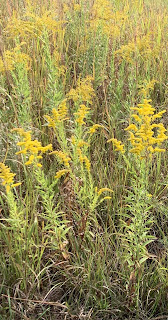 |
| 'Champlain' |
And I can't, I can't be mad this morning about the time change. So much disruption of our diurnal rhythms and so much anger over political power wielded autocratically and irrationally just isn't worth the fight today when I'm staring at the happy face of 'Champlain'. Oh don't get me wrong, I woke up at 4:00 a.m. instead of 5:00 a.m. because my soul didn't get the memo about changing rhythms, and I waited the same amount of time for the sun to rise after waking. I just know now that I'll be driving in again with the rising sun in my eyes, endangering every walking or biking schoolchild for another month, and that I'll now be driving home in darkness every evening instead of having another hour of light to enjoy.
 |
| 'Polareis' |
Okay, yes, I'm mad as usual about the time change. I'm mad that my chances for a heart attack are greatly increased this week and that automobile accidents will increase due to bureaucratic political whimsy. As I've said before, a pox on the houses of every politician, Democrat or Republican, who doesn't repeal this nonsense and leave us on daylight savings time all year long. As I vowed last spring, I'm staying on Daylight Savings. If you want ProfessorRoush, you'll find him with his watch and computers set to EST, my new solution to the biennial B.S. imposed on us by our elected nonrepresentatives. Stores and schedules will now just have to confirm to my time, ProfessorRoush Standard Time.










